Description
eWPTX Web Application Penetration Testing Professional
INE’s eWPTX Web Application Pentesting course provides an in-depth journey into web application security, covering all essential techniques and methodologies required to identify, exploit, and mitigate web-based vulnerabilities. Designed for aspiring security professionals and experienced pen testers alike, this course offers hands-on labs, real-world scenarios, and advanced knowledge for tackling today’s complex web security challenges.
Course Overview
This eWPTX Web Application Pentesting course is structured to guide you from foundational to advanced web application penetration testing techniques. By engaging in practical labs and real-world exercises, you’ll gain critical skills in identifying common web vulnerabilities such as SQL injection, cross-site scripting (XSS), cross-site request forgery (CSRF), and more, along with the best practices for defending against these attacks.
What You’ll Learn
- Core concepts and methodologies of web application penetration testing
- Identifying and exploiting SQL injection vulnerabilities
- Cross-site scripting (XSS) and methods to prevent it
- Testing for authentication and session management flaws
- Exploring Cross-Site Request Forgery (CSRF) attacks
- Advanced topics in web application security including business logic flaws and API testing
Who is This Course For?
This course is ideal for:
- Penetration testers looking to expand their skills in web security
- Cybersecurity professionals aiming to specialize in web application security
- Developers and DevOps engineers wanting to understand how attackers target their applications
- Security enthusiasts seeking hands-on experience in ethical hacking and testing
Course Highlights
The Web Application Penetration Testing Professional course includes interactive labs and practical scenarios designed to reinforce learning and simulate real-world penetration testing environments. You’ll develop practical expertise through hands-on exercises, applying techniques to identify vulnerabilities and employing defensive mechanisms.
Course Modules
Web Application Penetration Testing Methodology (10%)
- Accurately assess a web application based on methodological, industry-standard best practices.
- Identify and prioritize testing objectives based on business impact and risk assessment.
Web Application Reconnaissance (15%)
- Perform a comprehensive passive and active reconnaissance on designated target web applications by utilizing tools and techniques such as WHOIS lookups, DNS enumeration, and network scanning.
- Extract information about a target organization’s domains, subdomains, and IP addresses.
- Utilize fuzzing techniques to discover input validation vulnerabilities in web applications.
- Utilize Git-specific tools to automate the discovery of secrets and vulnerabilities in code.
Authentication Attacks (15%)
- Test various authentication methods (e.g., Basic, Digest, OAuth) by executing practical attacks such as credential stuffing and brute force.
- Identify common vulnerabilities in SSO implementations and their potential impacts.
- Identify and exploit Session Management vulnerabilities (e.g., session fixation and hijacking).
- Identify and exploit weaknesses in OAuth and OpenID Connect protocols.
Injection Vulnerabilities (15%)
- Identify and exploit SQL injection vulnerabilities in web applications, including error-based, blind, and time-based techniques.
- Utilize SQLMap and other tools to automate SQL injection attacks and demonstrate effective exploitation.
- Identify and exploit NoSQL injection vulnerabilities in web applications, demonstrating hands-on skills in manipulating data in NoSQL databases.
- Extract sensitive data from compromised databases using advanced querying techniques.
API Penetration Testing (25%)
- Conduct hands-on penetration tests on API endpoints to identify and exploit vulnerabilities effectively.
- Utilize automation tools for API vulnerability testing and demonstrate efficiency in identifying vulnerabilities.
- Analyze API endpoints for potential parameter manipulation vulnerabilities and demonstrate exploitation techniques.
- Conduct tests to identify vulnerabilities related to rate limiting, such as denial-of-service (DoS) attacks and resource exhaustion.
- Demonstrate the ability to bypass or manipulate rate limiting mechanisms in a controlled testing environment.
Server-Side Attacks (10%)
- Identify and exploit SSRF (Server-Side Request Forgery) attacks against server-side services.
- Perform deserialization attacks to manipulate server-side objects, leading to arbitrary code execution or privilege escalation.
- Perform LDAP injection attacks against web application directories to bypass authentication or extract sensitive information.
Filter Evasion & WAF Bypass (10%)
- Analyze and test WAF rules to identify weak configurations, demonstrating practical bypass techniques.
- Perform hands-on WAF evasion techniques, such as encoding, obfuscation, and payload fragmentation, to bypass filtering mechanisms.
- Bypass input validation mechanisms through obfuscation, payload encoding, and altering content types, focusing on SSRF and XXE exploitation.
Additional Resources
- OWASP Foundation – Open Web Application Security Project resources
- PortSwigger Web Security Academy – Training and labs on web application security
- HackerOne – Platform for ethical hacking and bug bounty programs
Explore Related Courses
- Explore Related Courses on Penetration Testing
- Explore Related Courses on Cybersecurity
- Explore Related Courses on Web Security
- Explore Related Courses on Vulnerability Assessment
- Explore Related Co
Discover more from Expert Training
Subscribe to get the latest posts sent to your email.


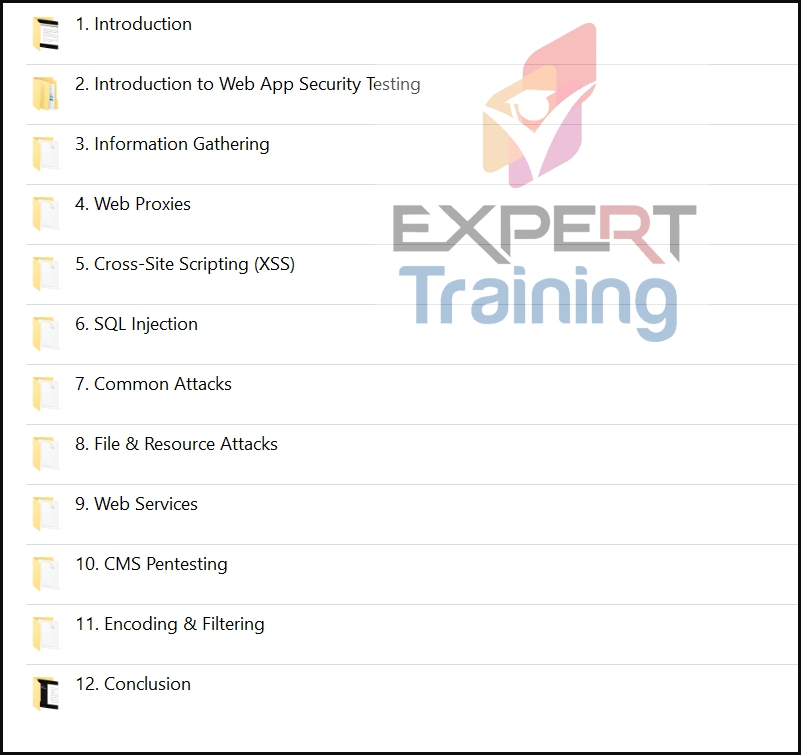
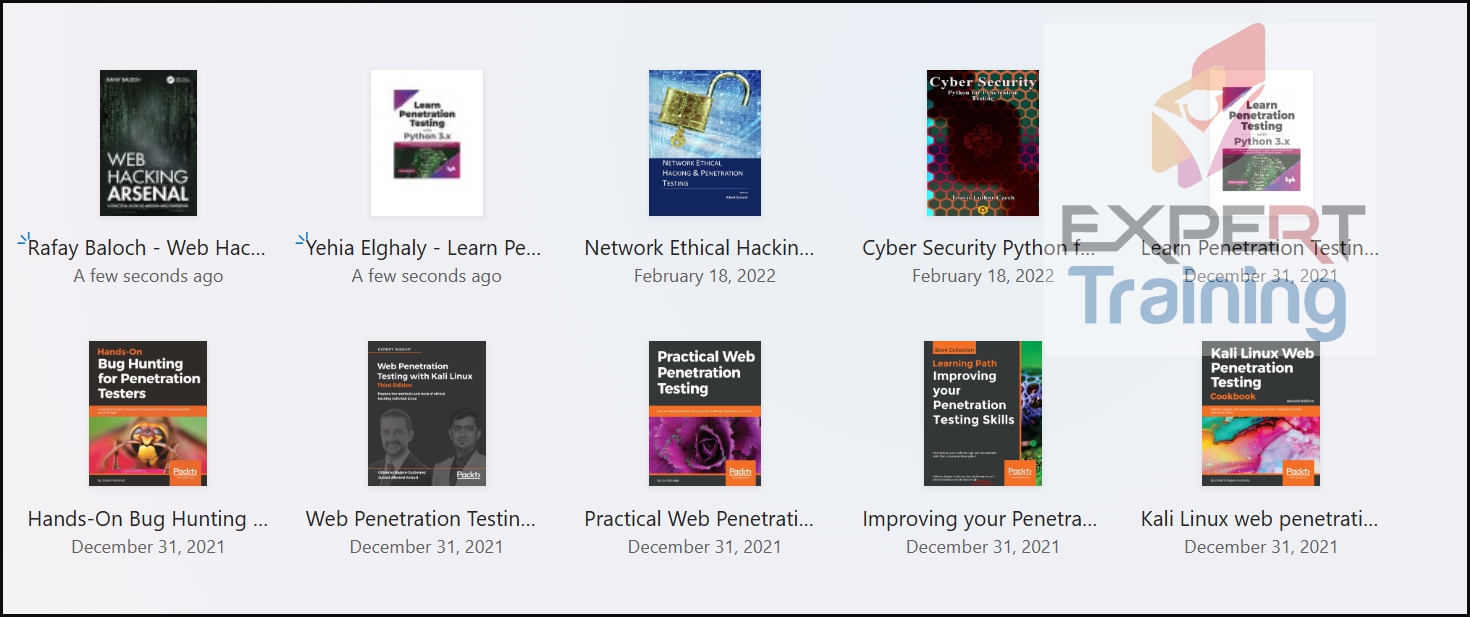









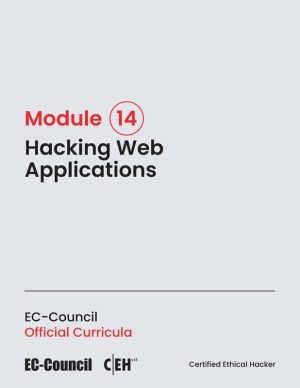
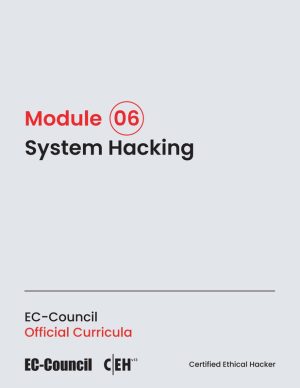




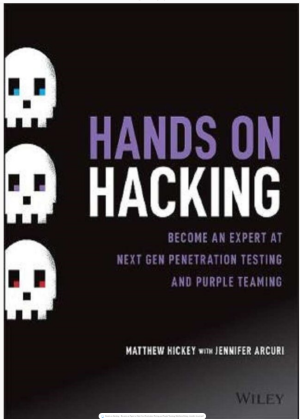
Reviews
There are no reviews yet.